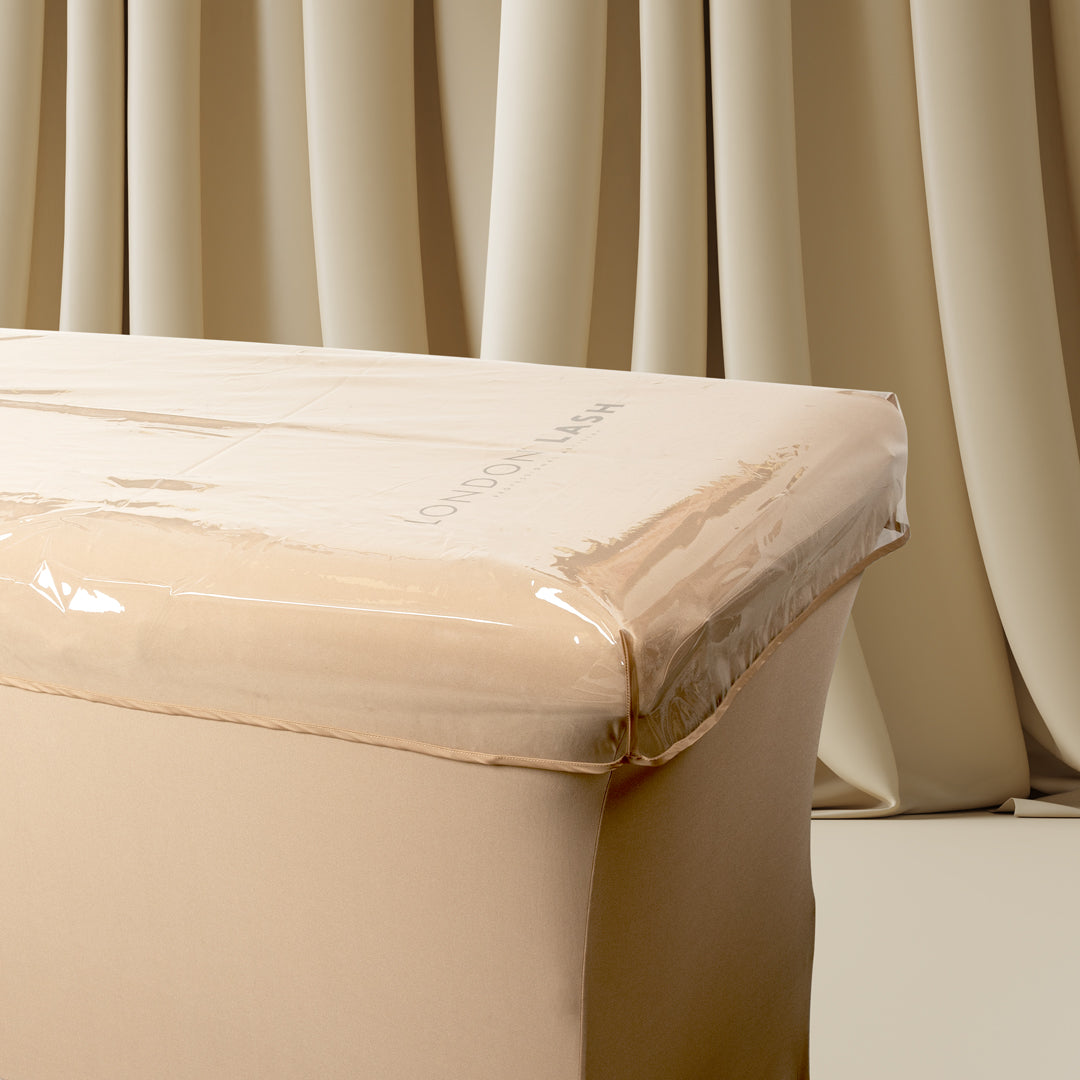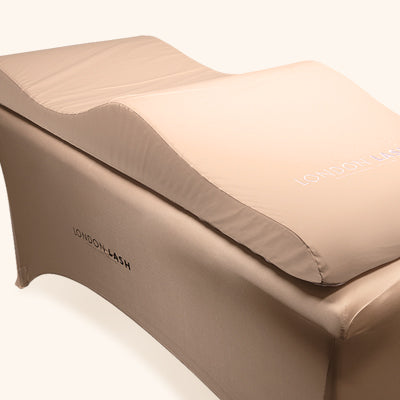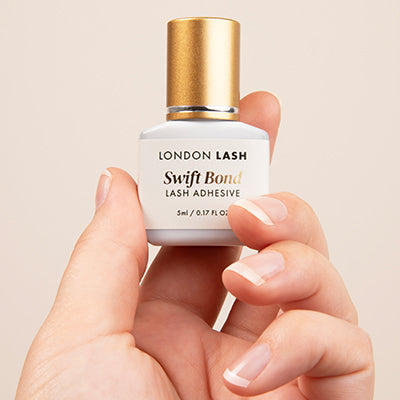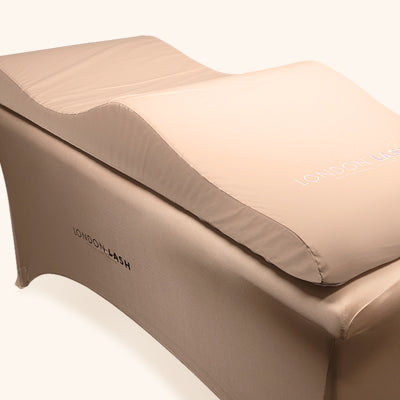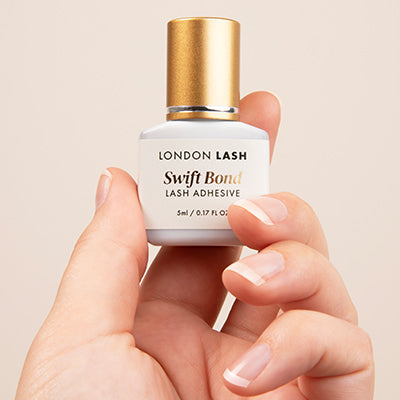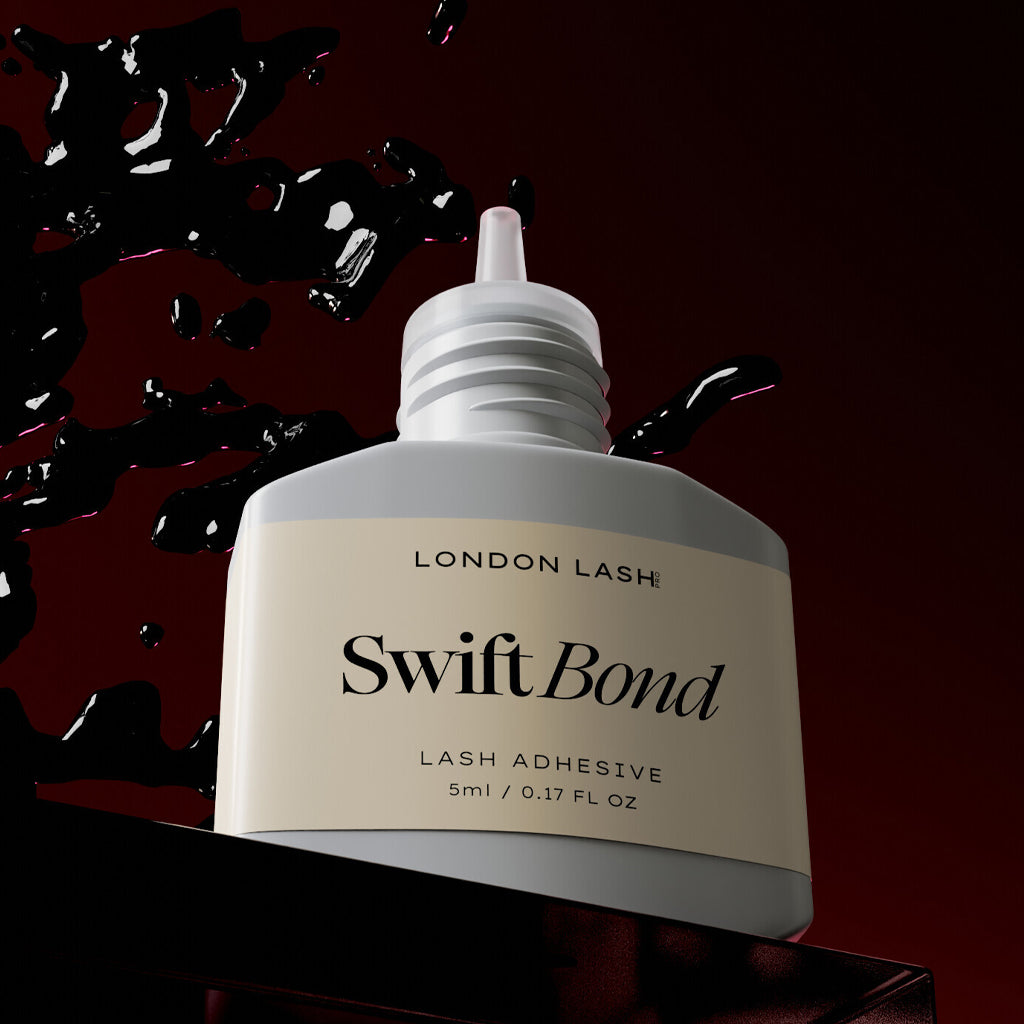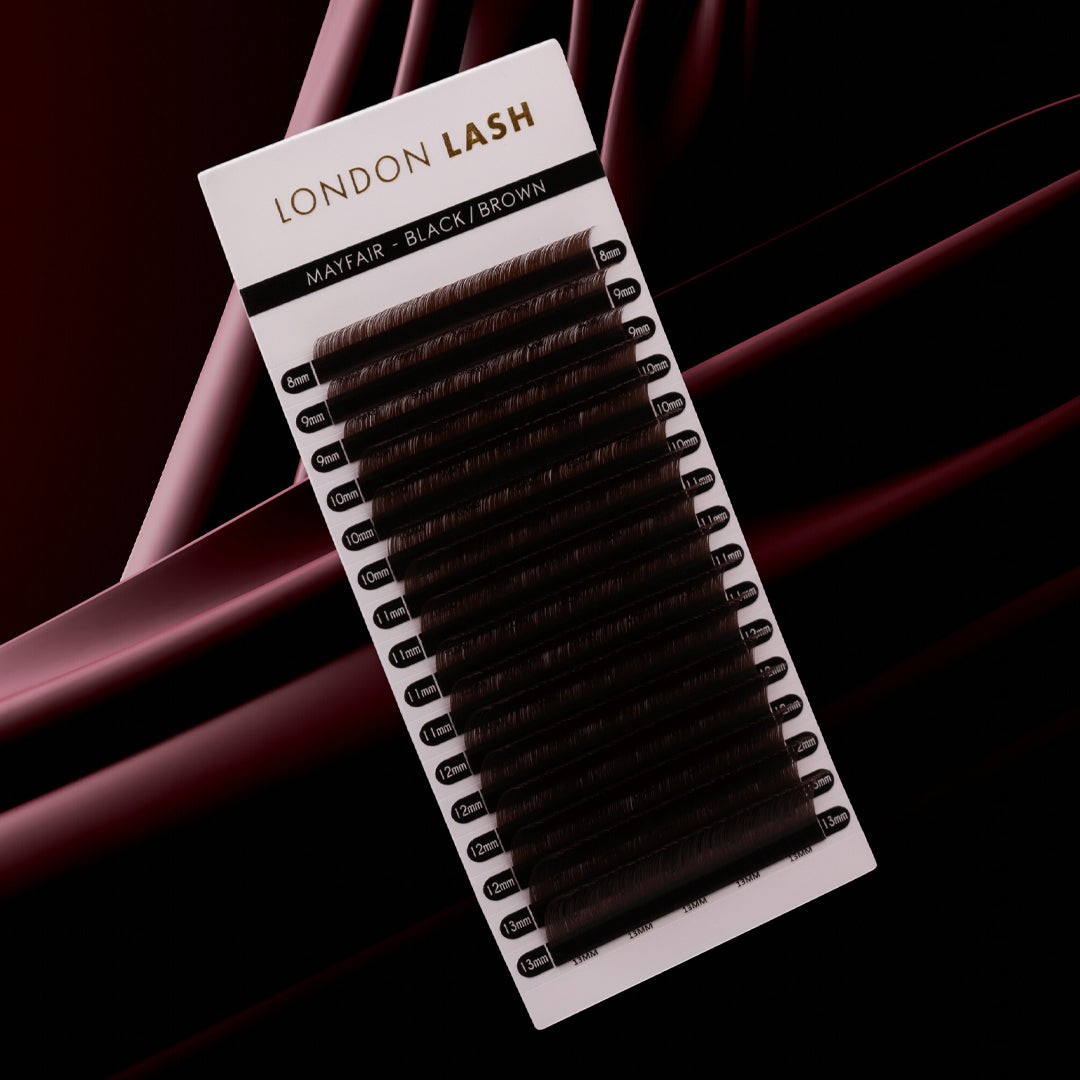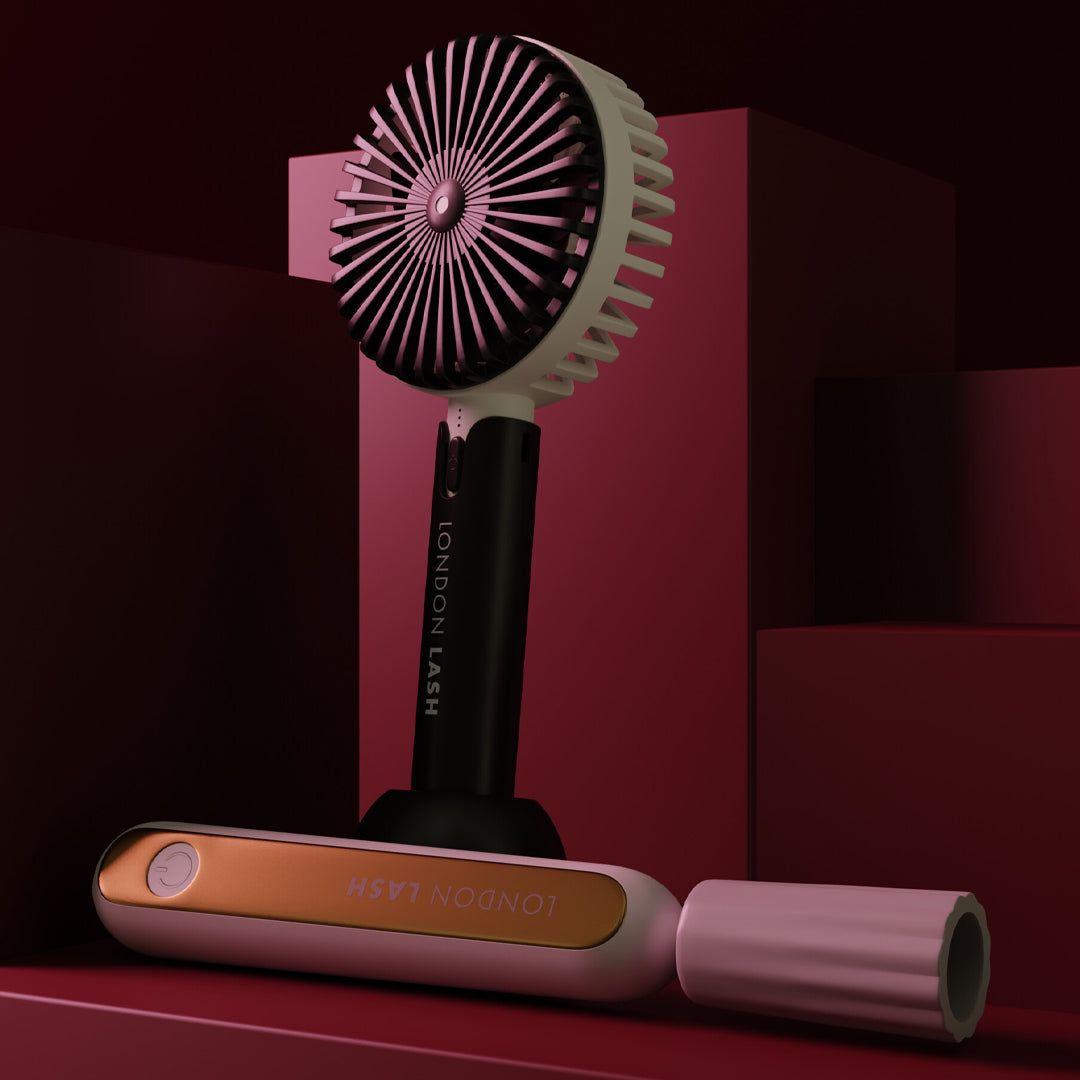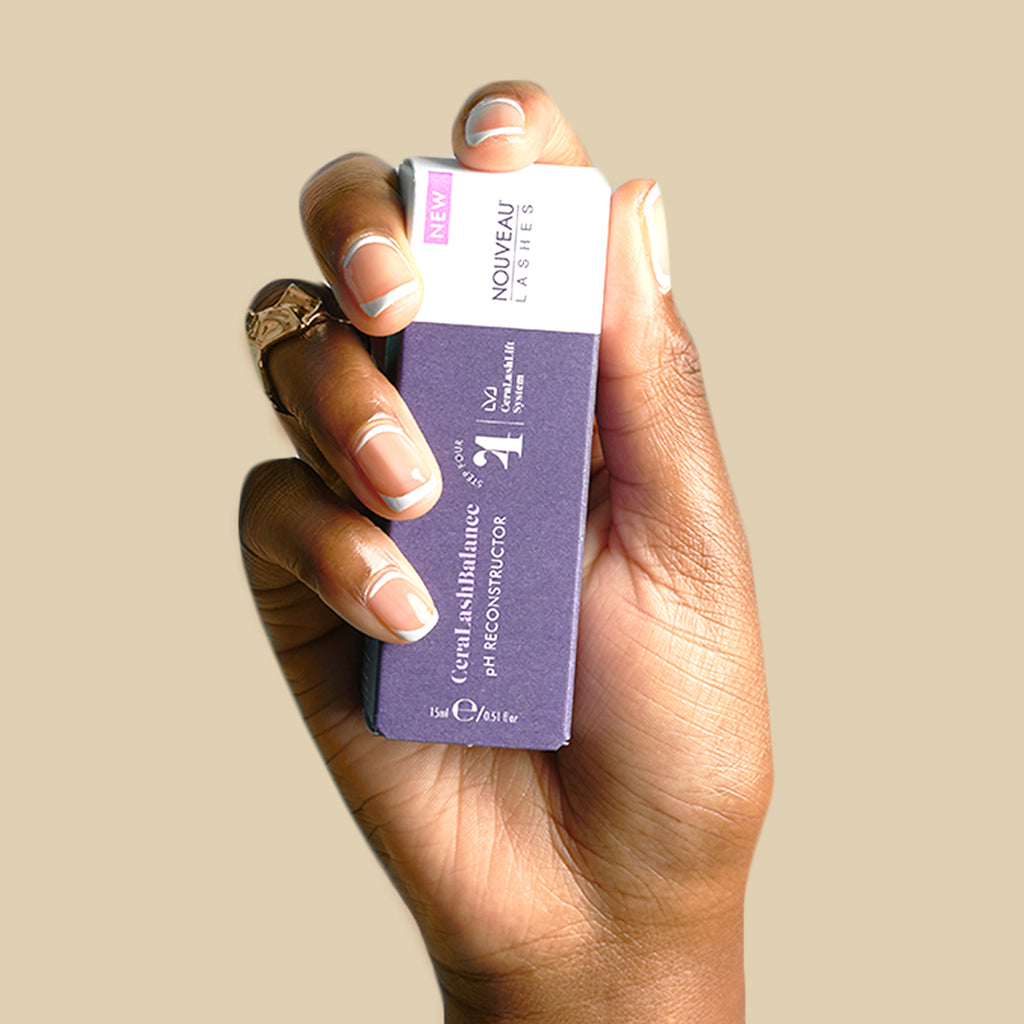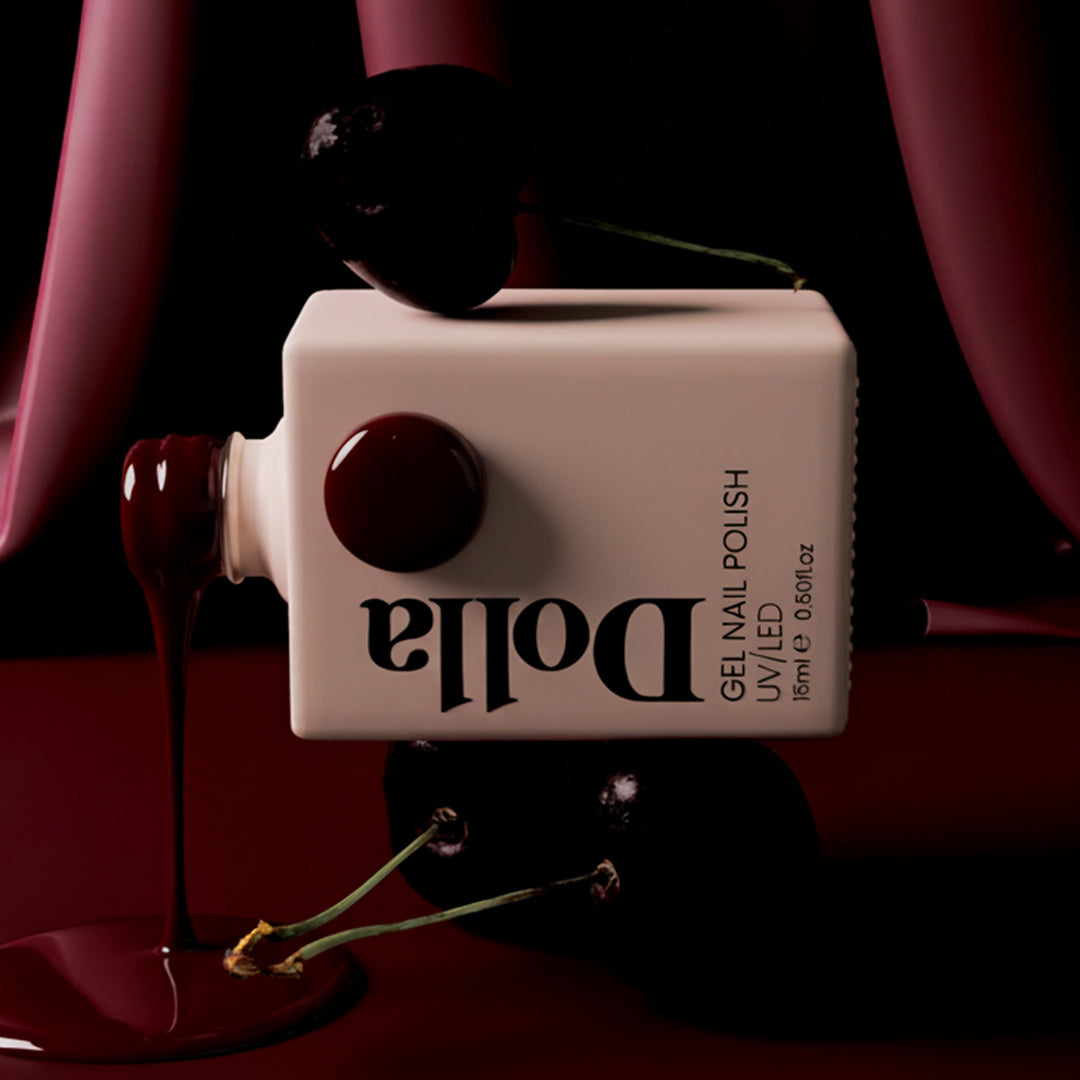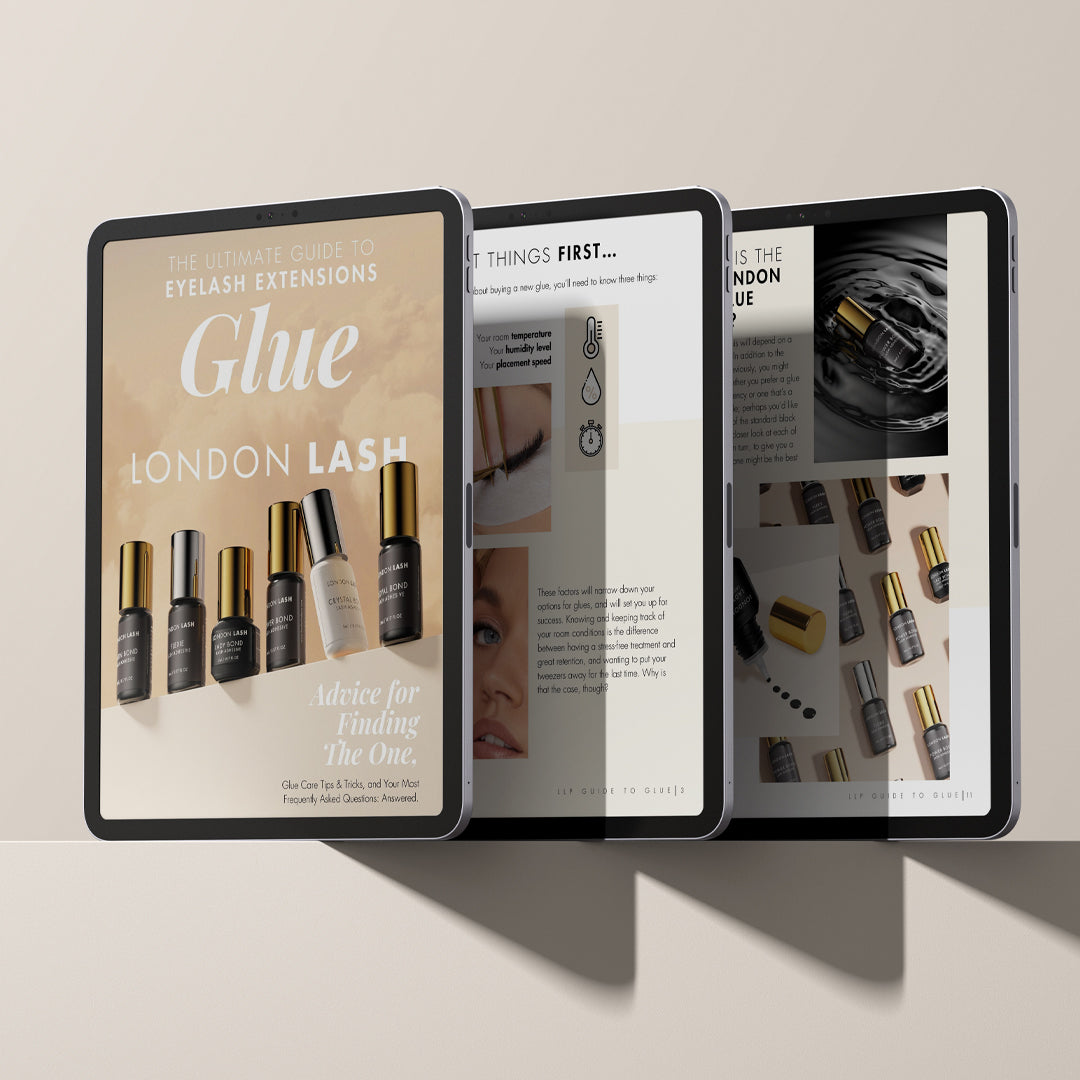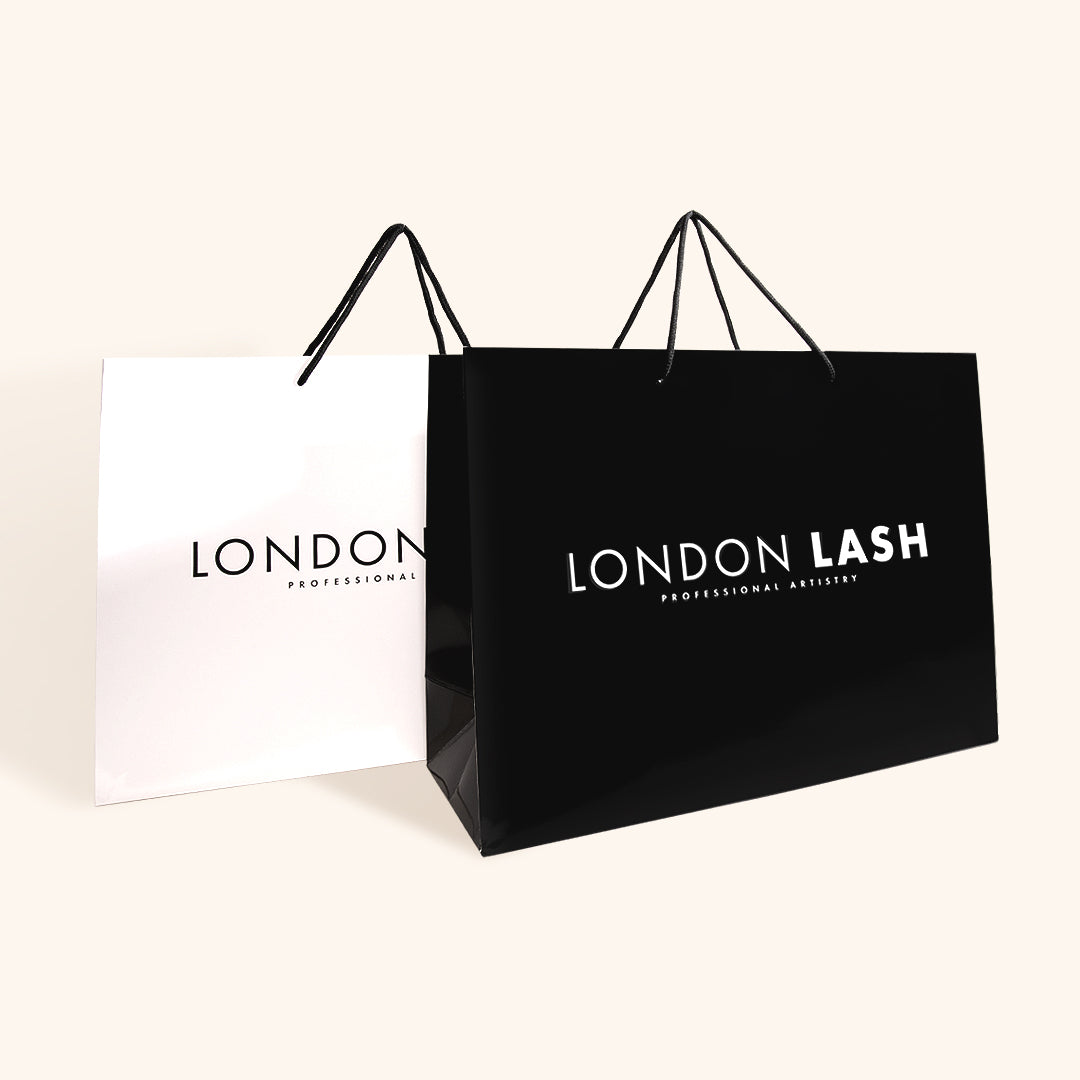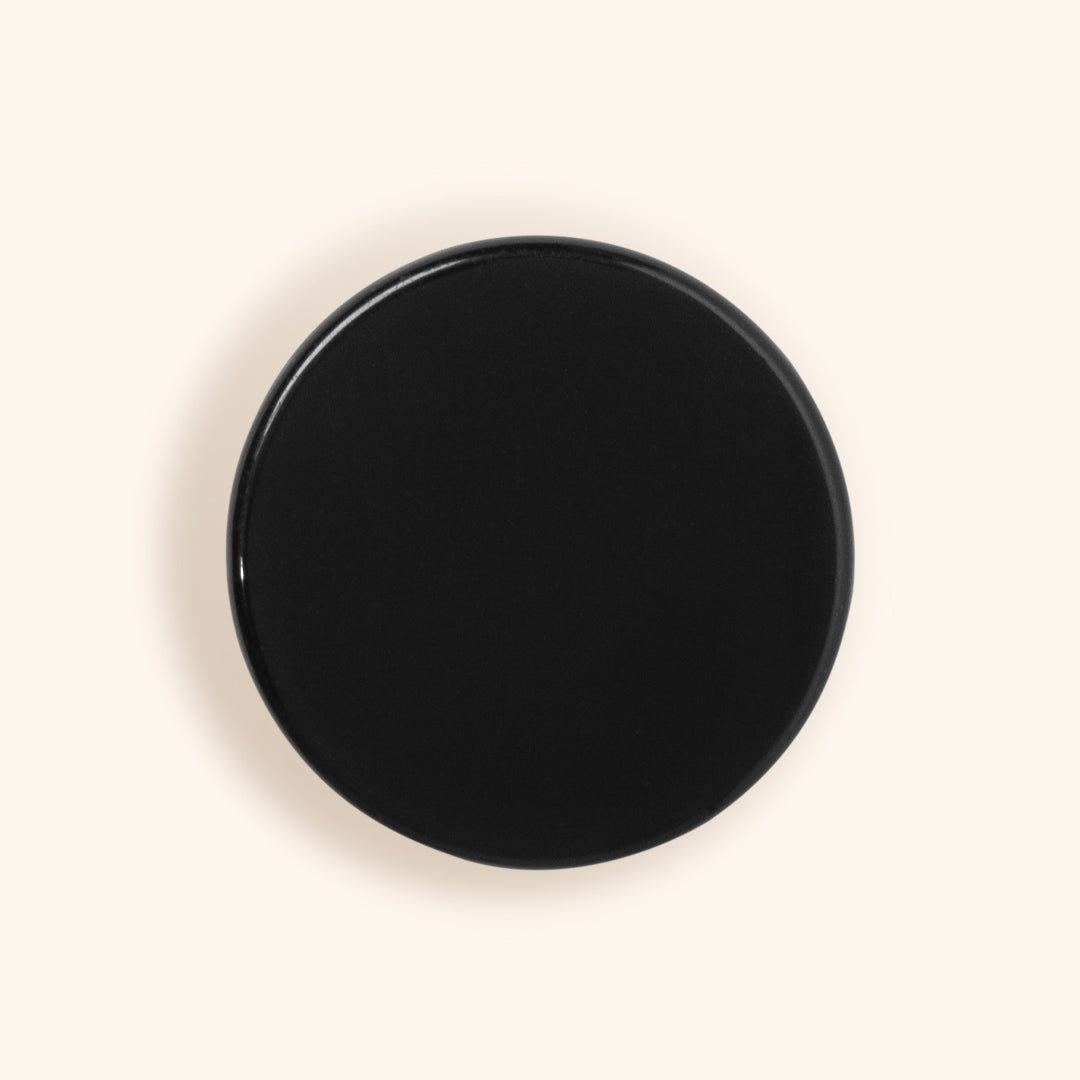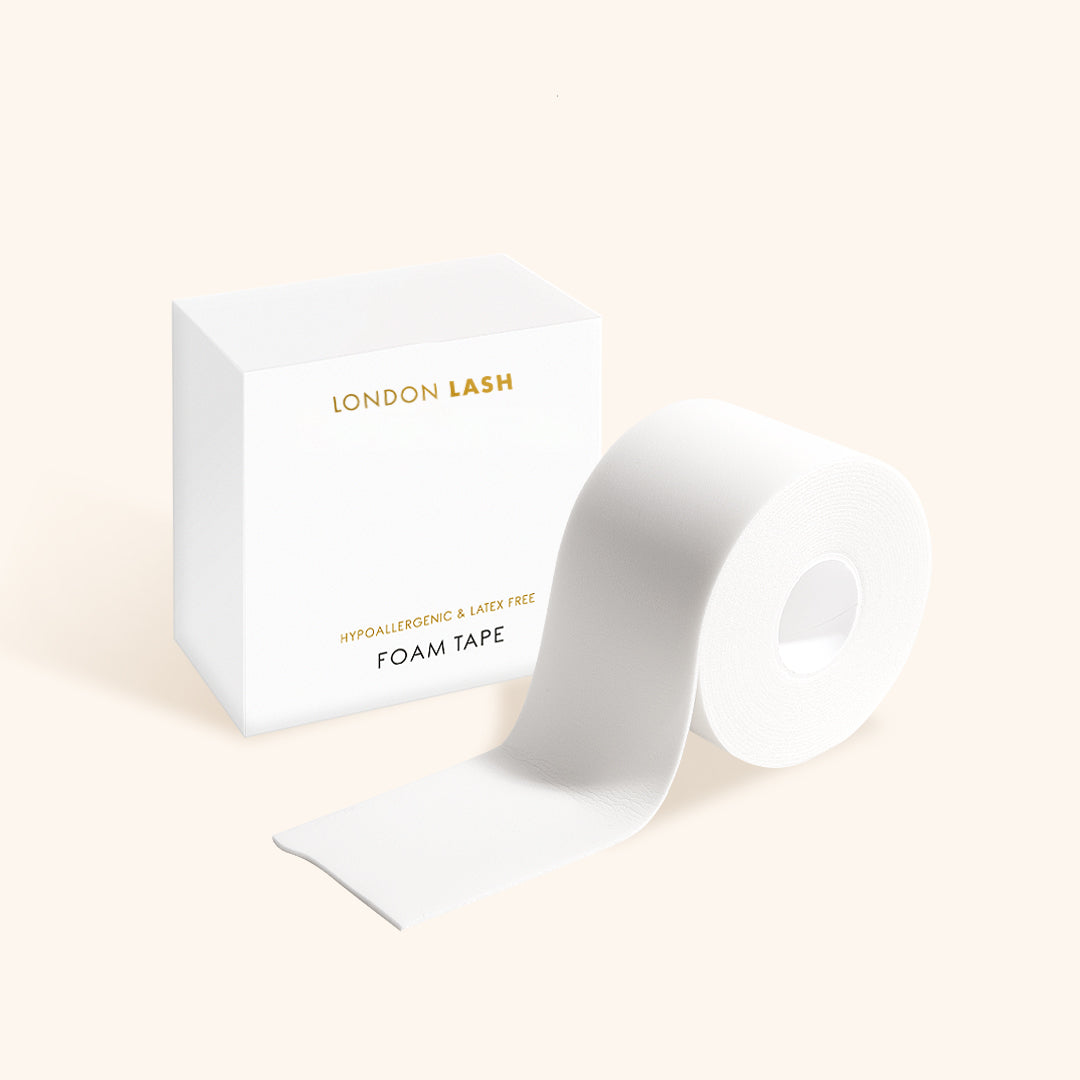New In
Glues & Liquids
Lashes
LASH LIFT
Dolla Nails Pro
Online Training
Save up to 57% off
The Truth About Lash Glue Fumes
July 08, 2022 3 min read

Glue Fumes: Are They Dangerous?
It's not uncommon for us to receive messages like, "I need an eyelash extension adhesive with fewer fumes." While we can provide general guidance on which eyelash glues might have lower fumes or how to avoid a dreaded chemical reaction, it's essential to understand the nature of these glues and the best practices concerning their fumes.

The primary component in eyelash glue is cyanoacrylate. This ingredient is the culprit behind most allergic reactions, chemical burns, and, for some, minor respiratory discomfort during a lash extensions treatment. Naturally, the inclination is to opt for glues with fewer fumes. However, a reduction in fumes implies less cyanoacrylate, leading to a slower drying adhesive. This means the fumes will actually linger for a more extended period. So, is less really more?
Consider this: a faster-drying adhesive might release more fumes, but these fumes dissipate quicker due to the rapid curing time. It's a bit of a conundrum!
Even when you discover the perfect lash glue with the right drying time and fume emmitence, even a slight drop in humidity can increase the drying time, causing the fumes to stick around for longer.
So, instead of solely focusing on low-fume glues, how can we minimize the irritation caused by these fumes for both you and your client?

USE A JADE STONE AND NOT A GLUE RING
While glue rings offer convenience in terms of dipping and placement speed due to their closeness to you and your client's lashes, this proximity can also be a source of irritation. Having the adhesive so near your client's eyes increases the risk of chemical burns beyond just the adhesive being applied to the lashes. It also brings the fumes closer to both your and your client's airways, potentially causing discomfort. By using a Jade Stone instead of a ring, you can maintain some distance; plus, Jade Stones offer other advantages like generating less waste, conserving lash glue, and being more cost-effective.

WEAR A FACE COVERING WHILE YOU WORK
If you find yourself frequently sneezing or experiencing a dry, scratchy throat while working, the adhesive fumes might be affecting your respiratory system. Don't panic, there's a solution! Just make sure to wear a face mask, as it can significantly reduce these irritations while you're working.
If a client experiences a chemical burn, it's not always the adhesive's fault! Ensure your client's eyes are entirely shut by checking with a small mirror along the eyepatch. If you spot any white of their eyes, then they're at a higher risk for a chemical burn. If a client struggles to keep their eyes shut, consider these tips:
- Use a tiny piece of tape to hold the eyelid down.
- Avoid pressing too hard on the eyepatches with your isolation tweezers.
- Consider using foam tape if your client's eye shape makes it hard to keep closed.
- Glue one lash to the eyepatch to ensure the eyelids remain shut.
- Recommend avoiding caffeine or sugar for at least one hour before the treatment to prevent eyelid twitching and flickering.
- Place a small, sanitized coin on the eyelid to keep it weighted down.

To conclude, numerous factors influence the intensity of adhesive fumes. It's more practical to select an adhesive that aligns with your preferred drying time and usability, then adjust your techniques to minimize any potential irritations.
Check out these featured products
Subscribe
Sign up to get the latest on sales, new releases and more …



